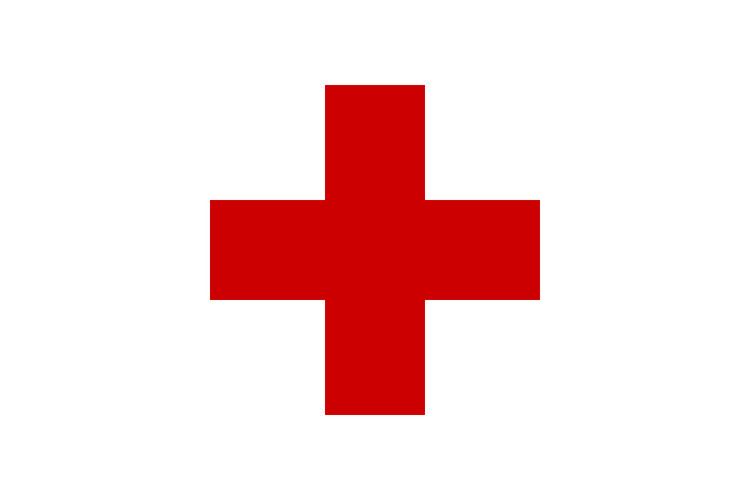Protective signs are symbols to be used during an armed conflict to mark persons and objects under the protection of various treaties of international humanitarian law (IHL). While their essential meaning can be summarized as "Don't shoot!" or "Don't attack!", the exact conditions implied vary depending on the respective sign and the circumstances of its use. The form, shape and color of these signs are defined by the rules of IHL. Usually, they are easy to draw in order to make even an improvised use as easy as possible, and they were chosen to be as concise, recognizable and visible as possible under all circumstances.
Usage of protective signs is restricted to armed conflicts. They are to be used only by eligible organizations or groups to mark their personnel, vehicles, buildings and other objects. The misuse of protective signs is a violation of international humanitarian law and punishable under the national law of all countries who are state parties to the respective treaties.
The following signs have a protective meaning under certain conditions:
the Red Cross and the equivalent signs of the Red Crescent, the Red Lion with Sun and the Red Crystal to be used to mark all persons and objects under the protection of the four Geneva Conventions of 1949 and their additional protocols of 1977; see emblems of the International Red Cross and Red Crescent Movementa blue triangle on orange ground as the international distinctive sign of civil defence; to be used to mark the personnel and objects of civil defense organizationsthe letters "PG" or "PW" to mark a prisoner of war camp and the letters "IC" to mark an internment camp for civiliansan oblique red band on a white ground to mark Hospital and safety zonesthe white flag; used to designate unarmed parliamentaries (negotiators, along with their flag bearer and optional drummer) asking for a truce or ceasefire, or to symbolise surrenderthe emblem of the United Nations as well as the letters "UN"; to be used to mark the personnel and materiel of UN Peacekeeping missionsthe distinctive mark of the Roerich Pact for the identification of historic monuments, museums, scientific, artistic, educational and cultural institutions (Such as universities, theatres, Stonehenge)the distinctive marking of cultural property, to be used to mark "movable or immovable property of great importance to the cultural heritage of every people"; and the triple use of that sign to mark cultural property under special protection, including "refuges intended to shelter movable cultural property" (e.g.: Paintings, sculptures, texts) and "immovable cultural property of very great importance" (such as The Royal Observatory, Greenwich, London or The Taj Mahal, Agra, India)the special sign used to facilitate the identification of "works and installations containing dangerous forces" (dams, dikes and nuclear electrical generating stations), consisting of three bright orange circles placed on the same axisOf these symbols, the distinctive flag of the Roerich Pact was superseded by the distinctive marking of cultural property as defined by the Hague Convention of 1954. However, the emblem of the Roerich Pact is still a valid protective sign in the relations between states which are bound by the Washington Treaty of 1935 but not by the convention of 1954. In part because of the efforts of the U.S. Committee of the Blue Shield, the United States Senate ratified the convention of 1954 on 2008-09-28, so as of that date, Chile is the only state where this still applies.

